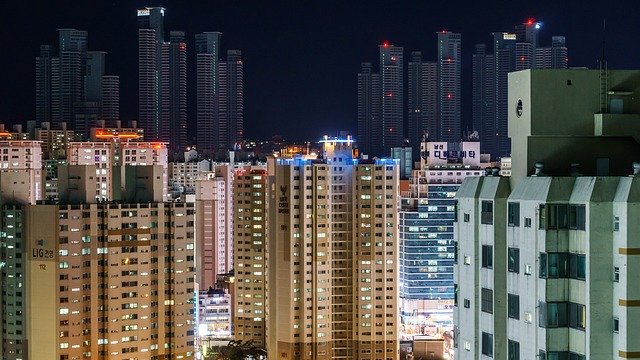Opportunity Zones, a program introduced in December 2017 as part of the Tax Cuts and Jobs Act, seemed like a win-win: Investors get a tax break, while giving disadvantaged urban areas a much-needed infusion of capital.
The reality, the New York Times has reported, has been far different in some cases. Its reporting has revealed that some affluent areas have benefited, as opposed to underserved neighborhoods. And that the program has become little more than a tax dodge for the rich.
As South Carolina representative James E. Clyburn told the Times, “The program needs to be tweaked — or it needs to experience its funeral.”
So we wait to see what happens next. Because certainly there have been instances where it appears the promise of Opportunity Zones is going to be fully realized. That very much includes Chicago, where in April the Tribune reported that a Windy City developer known as Decennial Group intended to raise $1 billion to invest in projects on the South and West sides of town.
The Tribune quoted Laura Dietzel, senior manager in the real estate practice for the accounting and consulting firm RSM, as saying some clarity was needed in the Opportunity Zone program, as it was kind of “play at your own risk” at that point. But, Dietzel added:
“Opportunity zones have certainly been the hottest words in our industry. It’s really generating a lot of excitement not just in the real estate industry, but among high-net-worth investors and family offices that traditionally had not been investing in real estate.”
The program allows for the reinvestment of capital gains on the sales of businesses or stocks into real estate in a designated Opportunity Zone, of which there are nearly 8,800 nationwide. In exchange investors are given a break on capital-gains taxes. The Tribune posited that such zones could have particular promise in Chicago, because of economic and racial factors and because one of the goals of new mayor Lori Lightfoot is to rejuvenate downtrodden areas.
Decennial co-founder Steve Glickman argued in a December 2018 op-ed for the Wall Street Journal (while he was still with Develop LLC) that Opportunity Zones are far more promising than Empowerment Zones, which date back to 1993, and Enterprise Zones, which were created a year later. While they generated under $2 billion in investment, according to Glickman, treasury secretary Steve Mnuchin was of the opinion that Opportunity Zones could rake in as much as $100 billion.
As of July, however, some 130 funds had brought in just $1.59 billion, about 10 percent of those funds’ stated goal of $15.46 billion. Costar.com theorized that that was because of a meager investment pool, a lack of suitable properties in which to invest, the fact that the program was still in its infancy and the fact that some issues still needed to be clarified.
The Times subsequently weighed in with its reporting, raising further questions, and significant ones at that. And now we wait for the other shoe to drop, to understand where Opportunity Zones might be headed next.





